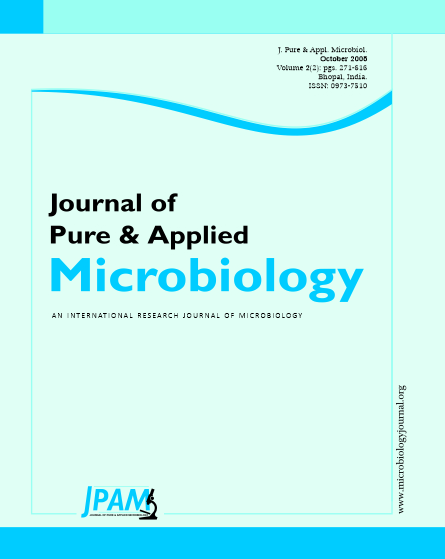Urine samples taken by clean catch method from 210 adults presenting on account of dysuria and urinary frequency between January to June 2006 were analysed. Samples were cultured for 24 hours using MacConkey agar, chocolate agar and cysteine lactose electrolyte deficient agar. Isolates were identified using colony morphologic characteristics, gram stain characteristics, catalase test, coagulase test, indole test, oxidase test, krigler-iron agar, and germ tube test. 81 samples(38.57%) grew at least105(> 105) colony forming units per ml. The organisms isolated were Escherichia coli 36.90%,Staphylococcus aureus 25%, Klebsiella spp 19.05%, Proteus spp 15.48%, Pseudomonas aeruginosa 1.19%, Enterococcus faecalis 1.19%, Candida albicans 1.19%.Male to female ratio of the isolates is 28.4% to 71.6% (1:2.52). The present study shows that Escherichia coli is the commonest cause of urinary tract infection. This study shows a relatively high yield of Staphylococcus aureus and this suggests that this uncommon commensal of the anterior third of the urethra is a pathogen. Isolation of Candida albicans points to the increasing significance of funguria as a component of urinary tract infection. Our data show a significant difference from usual Caucasian patterns.
Clean catch, commensal, pathogen, funguria
© The Author(s) 2008. Open Access. This article is distributed under the terms of the Creative Commons Attribution 4.0 International License which permits unrestricted use, sharing, distribution, and reproduction in any medium, provided you give appropriate credit to the original author(s) and the source, provide a link to the Creative Commons license, and indicate if changes were made.


